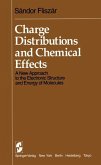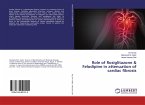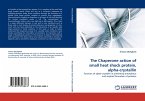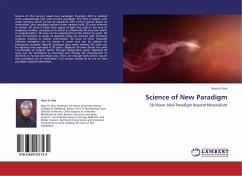One of the mechanisms of the counter-intuitive like-charge attraction, has been studied elaborately in this book for both spherical and nonspherical macroion geometries for the first time. The book shows how the attractive electrostatic intersection between like charged macroions evolves and changes gradually with controlled change of macroion geometry from spheroid to sphere to cylinder. In this book all investigations on charge reversal and like charge attraction have been carried out using a novel computer simulation technique. The technique has been developed in a simple, conceptual and easy to use way and has been described elaborately. Through change of only one parameter, the technique can handle three different geometries of macromolecules, namely sphere, spherocylinder and spheroids in same footing. The performance of the technique has been demonstrated successfully with published MD data. The technique can be used to conduct a number of numerical researches in biology, biological physics, chemistry, polymer science and colloid and surface sciences wherever the electrostatic interaction between counterions and macroions with various macroion geometries is involved.








